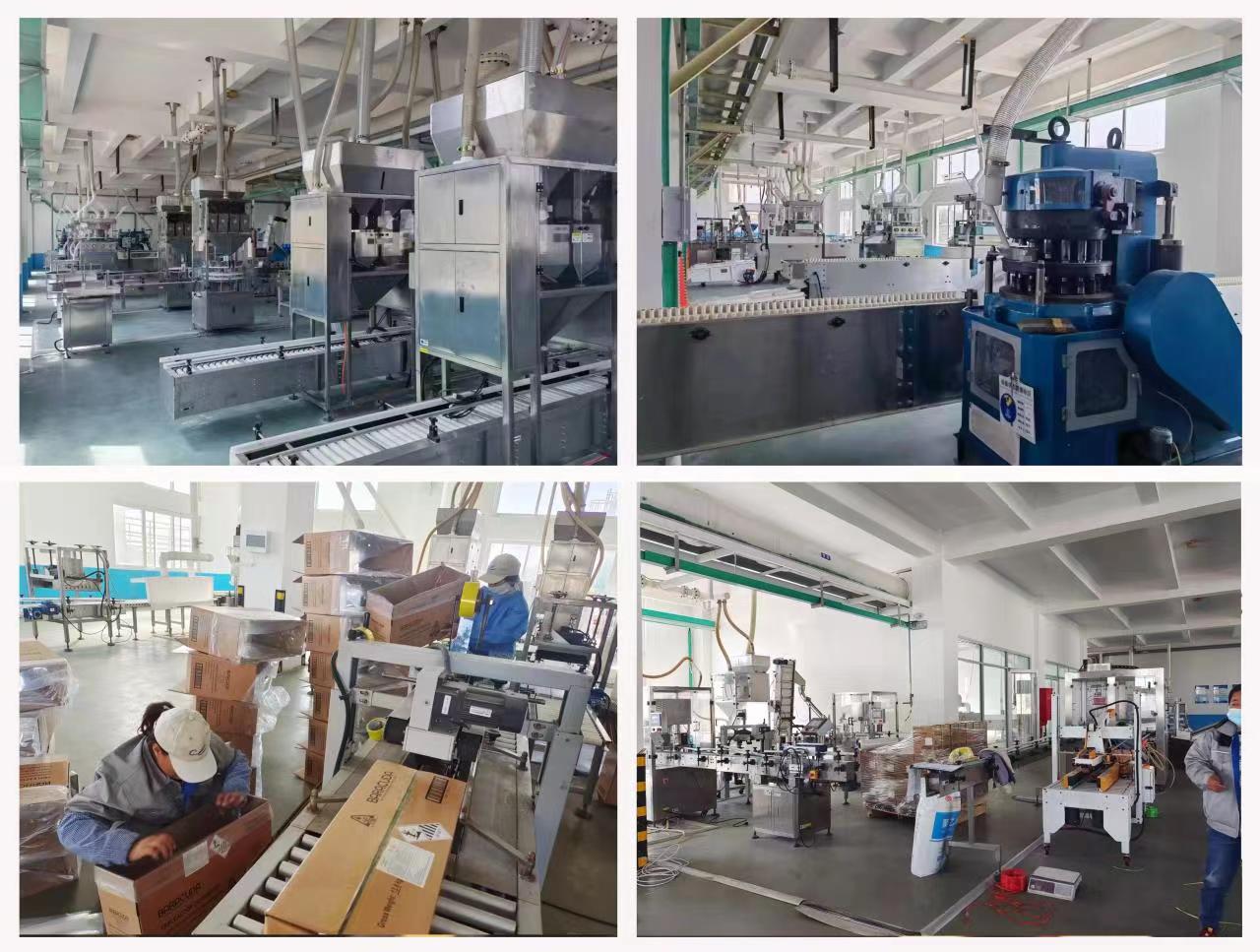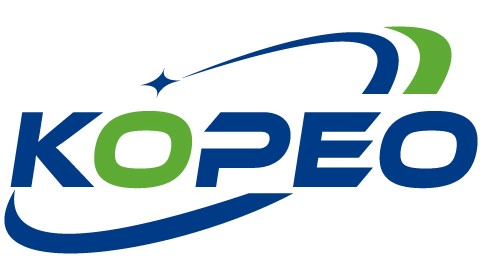Introduction of the product
Polyethylene (PE for short) is a thermoplastic resin produced by polymerization of ethylene monomer. In industry, also includes ethylene and a small number of a-olefin copolymers. Polyethylene odorless, non-toxic, feel like wax, with excellent low-temperature resistance (the lowest use temperature up to -100 ~ -70 ° C). Good chemical stability, because the polymer molecule through the carbon - carbon single bond connection, can resist most of the acid and alkali erosion (not resistant to oxidizing properties of the acid). Insoluble in common solvents at room temperature, low water absorption, excellent electrical insulation.
Polyethylene is sensitive to environmental stresses (chemical and mechanical) and can be processed by general thermoplastic molding methods. Polyethylene has a wide range of uses, mainly used in the manufacture of films, packaging materials, containers, pipes, monofilaments, wires and cables, daily necessities, etc., and can be used as a high-frequency insulating material for television and radar. With the development of petrochemical industry, the production of polyethylene has been developed rapidly, and the output accounts for about 1/4 of the total plastics production.As of 2021, the world's total production capacity is 133 million tons, and it is expected that by the end of 2023 the world production capacity will reach 157.02 million tons.
History of Polyethylene Research
Polyethylene was first synthesized by ICI in 1922, and in 1933, the British company Bunemun Chemical Industries discovered that ethylene could be polymerized under high pressure to produce polyethylene. This method was industrialized in 1939, commonly known as the high-pressure method. 1953 Federal Republic of Germany K. Ziegler found that TiCl4-Al (C2H5) 3 as a catalyst, ethylene can be polymerized under low pressure. This method was put into industrial production by Hoechst in 1955, commonly known as low-pressure polyethylene.In the early 1950s, Phillips Petroleum Company and Mobil Petroleum Company used chromium oxide and molybdenum oxide catalysts respectively to produce high-density polyethylene at relatively low temperatures and pressures, and industrialized production was realized in 1957.In the 1960s, DuPont of Canada began to polymerize ethylene with a-ethylene and a-ethylene. In the 1960s, DuPont of Canada started to use ethylene and a-olefin to produce LDPE by solution method. 1977, Union Carbide and Dow Chemical successively used low-pressure method to produce LDPE, which is called linear LDPE, among which the gas-phase method of Union Carbide is the most important. Linear low-density polyethylene performance is similar to low-density polyethylene, but also has a number of characteristics of high-density polyethylene, coupled with low energy consumption in the production, so the development is extremely rapid, and has become one of the most interesting new synthetic resins.
The core technology of the low-pressure method lies in the catalyst. Germany Ziegler invented TiCl4-Al (C2H5) 3 for polyolefins of the first generation of catalysts, catalytic efficiency is low, each gram of titanium about a few kilograms of polyethylene. 1963 Belgian Solvay company first magnesium compounds as a carrier for the second generation of catalysts, catalytic efficiency of each gram of titanium tens of thousands of grams of polyethylene to hundreds of thousands of grams. The use of the second generation catalyst can also eliminate the need to remove the catalyst residue of the post-treatment process. Later on, the gas-phase method of high-efficiency catalysts was developed, and in 1975, the Italian Monte Edison Group developed a catalyst that can directly produce spherical polyethylene without granulation, which is called the third-generation catalyst, and it is another change in the production of high-density polyethylene.

Company information
The company's main import and export products include:
(1)Flavors and Fragrances:Fragrance: some from the natural world of plants and animals or by artificial single separate, synthetic and get the fragrance material called fragrance. Flavour: Flavour is a mixture of a variety of fragrances (sometimes also containing a certain amount of solvent) blended out of a certain aroma, can be used directly for product fragrance, can be widely used in perfumes, cosmetics, shower gels and other daily necessities. Simply put, flavours are made from a mixture of various fragrances.
(2)Polymers:The advantage of Polymers is that they can be easily formed into the desired shape using a variety of techniques such as solution casting, melt moulding, or machining. As a result, polymer-based implants are relatively inexpensive to manufacture. Polymers can also react so that different chemical molecules can attach to the surface of the implant, making it more compatible with the body's surroundings.

